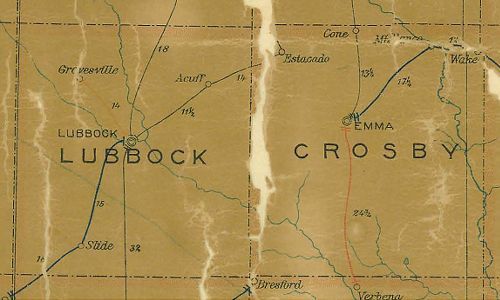Mount Blanco Community, Texas. (original) (raw)
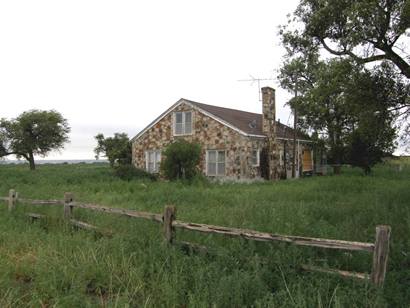
G.W. Smith House
Recorded Texas Historic Landmark
Photo courtesy Barclay Gibson, July 2009
History in a Pecan Shell
The community gets its name for a landmark feature on the old Mackenzie Trail, established during an 1871 scouting and surveying expedition. The landmark itself was actually a white mesa.
In the late 1870s near the mesa a two story stone house was built � the first permanent homestead in the South Plains.
Henry Clay Smith, the contractor, had built the house for Lord Jamison of Ireland and Charles Tasker of Philadelphia. The two men were hoping to become cattle barons, but when Tasker went bankrupt, the house became Smith�s property.
Smith brought his family to the desolate location in 1877 and did his best to encourage neighbors. The Mount Blanco post office opened in September 1879, with Smith�s wife Elizabeth as postmistress.
Thanks to Smith�s efforts, the area was more or less thriving in the 1880s and by 1890 the community had their own school.
Cattle raising was replaced by farming but by 1916 the post office had closed its doors. The stone house burned in the early 1950s. Mount Blanco�s store closed in the mid 1950s and today the cotton gin remains.
Visitors to Mount Blanco should take precautions for aggressive bees in the region.
Mount Blanco Community
Landmarks & Attractions
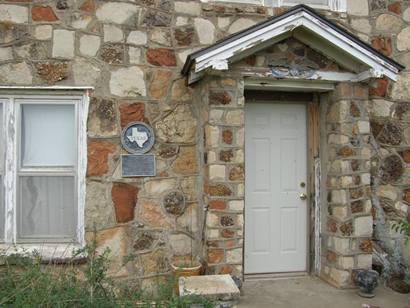
G.W. Smith Home
Built 1914 for eldest son of Hank Smith, the first settler of South Plains of West Texas. Constructed of shiplap with three rooms on each side of hall. Veneered with rock from nearby canyon in 1936.
Recorded Texas Historic Landmark, 1967.
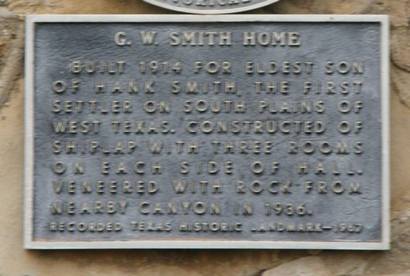
G.W. Smith Home historical marker
Photo courtesy Barclay Gibson, July 2009
Historical Marker
The Mount Blanco Community
Named for tall white mesa that was a landmark on Mackenzie Trail, surveyed in 1871 by U.S. Cavalry scouting for Indians on the frontier. Near the mesa in 1877, frontiersman Henry Clay Smith (1836-1912) built a two-story stone house for speculators Charles Tasker of Philadelphia and Lord Jamison of Ireland. This was the first permanent homestead in South Plains Region. Smith also brought in cattle for Tasker, and had to accept house as his compensation when Tasker failed in business. In the fall of 1877, Smith moved his family here; nearest neighbor was 50 miles east. The home became a way-station for prospectors, and Smith encouraged many settlers such as Paris Cox, the Quaker founder of Estacado (22 miles West).
Mount Blanco Post Office opened in September 1879, with Mrs. Smith (Elizabeth Boyle, 1848-1925) as postmaster. In 1886, Smith led in organizing Crosby County. This area prospered, and by 1890 had a school. Farming largely replaced ranching after 1900. Post office closed in 1916. School consolidated with Crosbyton in 1949. Smith's stone house (1 mile North) burned in 1952. Village of Mount Blanco (4 miles northeast) lost its last store about 1956, its church in 1965. Only a cotton gin and clubhouse now (1975) remain as public buildings in Mount Blanco.
1975
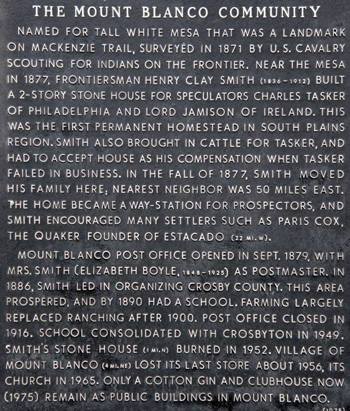
Mount Blanco Community historical marker
Photo courtesy Barclay Gibson, July 2009
The 1936 Centennial Monument
In Memory of Henry Clay Smith
On the Pioneer Museum grounds in Crosbyton



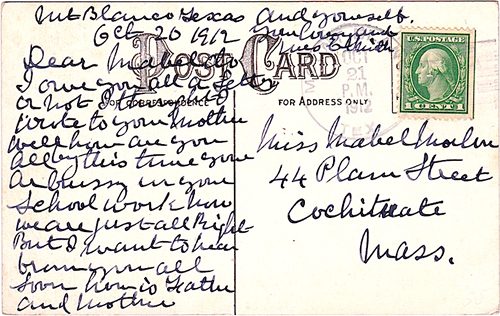
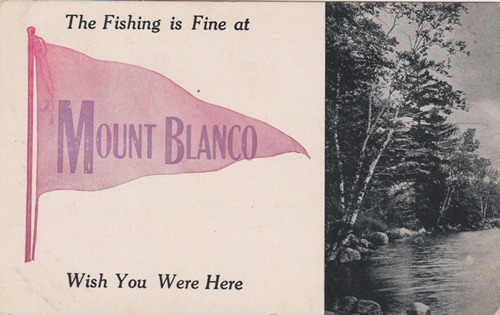
Texas Escapes, in its purpose to preserve historic, endangered and vanishing Texas, asks that anyone wishing to share their local history, stories, landmarks and recent or vintage photos, please contact us.
